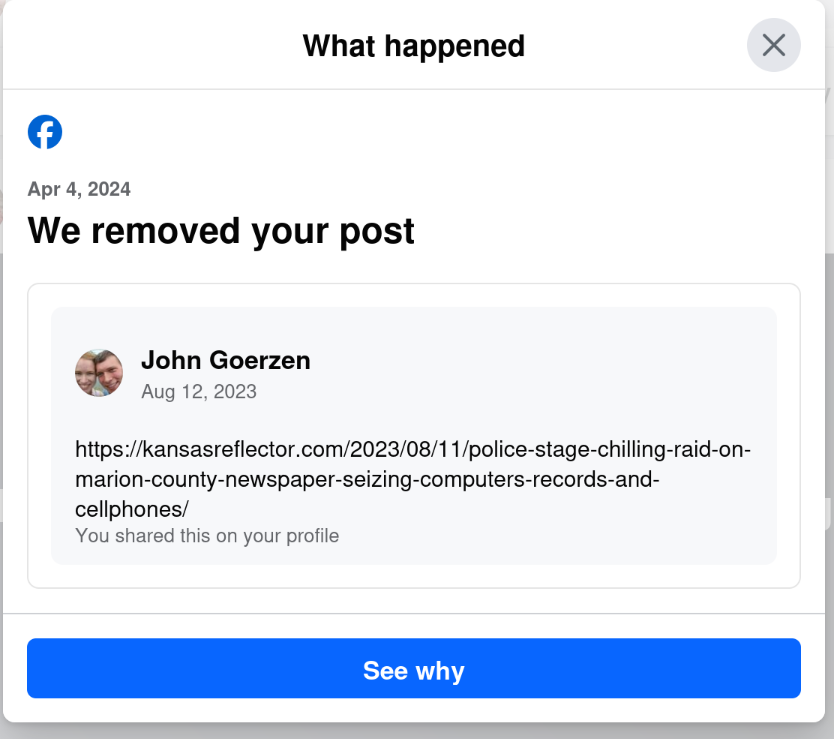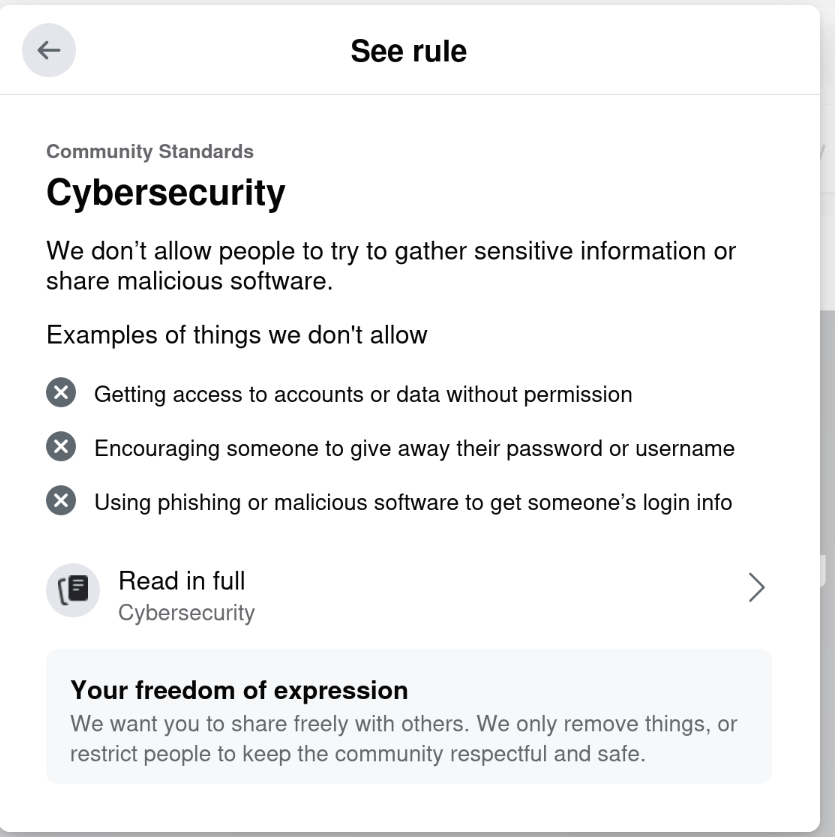Over in The PGP Problem, there’s an extended critique of PGP (and also specifics of the GnuPG implementation) in a modern context. Robert J. Hansen, one of the core GnuPG developers, has an interesting response:
First, RFC4880bis06 (the latest version) does a pretty good job of bringing the crypto angle to a more modern level. There’s a massive installed base of clients that aren’t aware of bis06, and if you have to interoperate with them you’re kind of screwed: but there’s also absolutely nothing prohibiting you from saying “I’m going to only implement a subset of bis06, the good modern subset, and if you need older stuff then I’m just not going to comply.” Sequoia is more or less taking this route — more power to them.
Second, the author makes a couple of mistakes about the default ciphers. GnuPG has defaulted to AES for many years now: CAST5 is supported for legacy reasons (and I’d like to see it dropped entirely: see above, etc.).
Third, a couple of times the author conflates what the OpenPGP spec requires with what it permits, and with how GnuPG implements it. Cleaner delineation would’ve made the criticisms better, I think.
But all in all? It’s a good criticism.
The problem is, where does that leave us? I found the suggestions in the original author’s article (mainly around using IM apps such as Signal) to be unworkable in a number of situations.
The Problems With PGP
Before moving on, let’s tackle some of the problems identified.
The first is an assertion that email is inherently insecure and can’t be made secure. There are some fairly convincing arguments to be made on that score; as it currently stands, there is little ability to hide metadata from prying eyes. And any format that is capable of talking on the network — as HTML is — is just begging for vulnerabilities like EFAIL.
But PGP isn’t used just for this. In fact, one could argue that sending a binary PGP message as an attachment gets around a lot of that email clunkiness — and would be right, at the expense of potentially more clunkiness (and forgetfulness).
What about the web-of-trust issues? I’m in agreement. I have never really used WoT to authenticate a key, only in rare instances trusting an introducer I know personally and from personal experience understand how stringent they are in signing keys. But this is hardly a problem for PGP alone. Every encryption tool mentioned has the problem of validating keys. The author suggests Signal. Signal has some very strong encryption, but you have to have a phone number and a smartphone to use it. Signal’s strength when setting up a remote contact is as strong as SMS. Let that disheartening reality sink in for a bit. (A little social engineering could probably get many contacts to accept a hijacked SIM in Signal as well.)
How about forward secrecy? This is protection against a private key that gets compromised in the future, because an ephemeral session key (or more than one) is negotiated on each communication, and the secret key is never stored. This is a great plan, but it really requires synchronous communication (or something approaching it) between the sender and the recipient. It can’t be used if I want to, for instance, burn a backup onto a Bluray and give it to a friend for offsite storage without giving the friend access to its contents. There are many, many situations where synchronous key negotiation is impossible, so although forward secrecy is great and a nice enhancement, we should assume it to be always applicable.
The saltpack folks have a more targeted list of PGP message format problems. Both they, and the article I link above, complain about the gpg implementation of PGP. There is no doubt truth to these. Among them is a complaint that gpg can emit unverified data. Well sure, because it has a streaming mode. It exits with a proper error code and warnings if a verification fails at the end — just as gzcat does. This is a part of the API that the caller needs to be aware of. It sounds like some callers weren’t handling this properly, but it’s just a function of a streaming tool.
Suggested Solutions
The Signal suggestion is perfectly reasonable in a lot of cases. But the suggestion to use WhatsApp — a proprietary application from a corporation known to brazenly lie about privacy — is suspect. It may have great crypto, but if it uploads your address book to a suspicious company, is it a great app?
Magic Wormhole is a pretty neat program I hadn’t heard of before. But it should be noted it’s written in Python, so it’s probably unlikely to be using locked memory.
How about backup encryption? Backups are a lot more than just filesystem; maybe somebody has a 100GB MySQL or zfs send stream. How should this be encrypted?
My current estimate is that there’s no magic solution right now. The Sequoia PGP folks seem to have a good thing going, as does Saltpack. Both projects are early in development, so as a privacy-concerned person, should you trust them more than GPG with appropriate options? That’s really hard to say.
Additional Discussions



